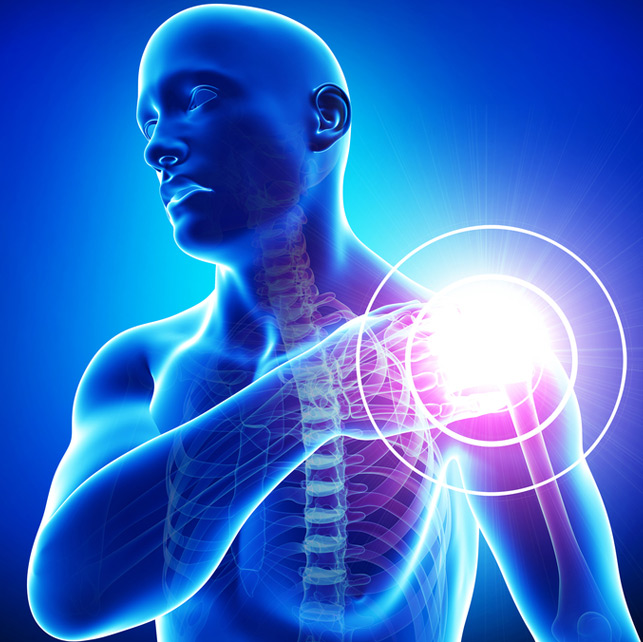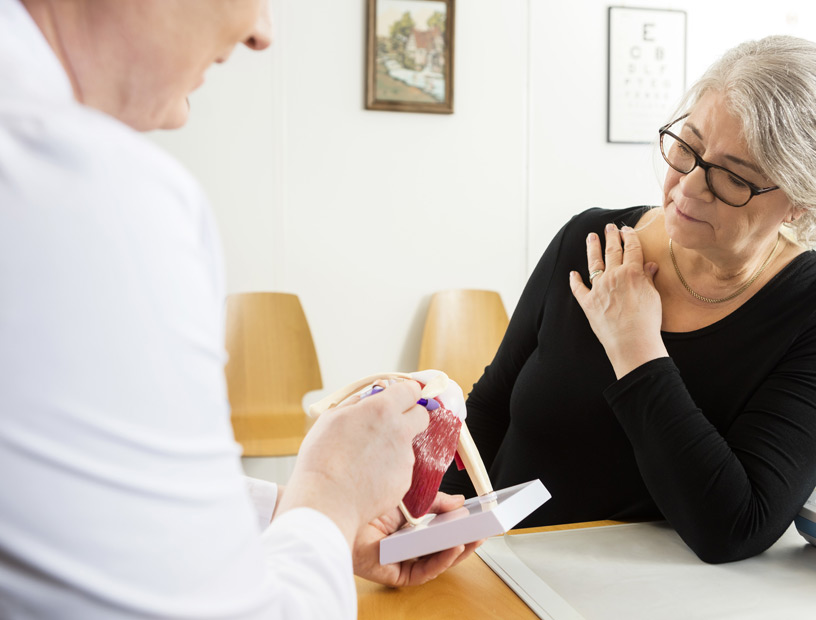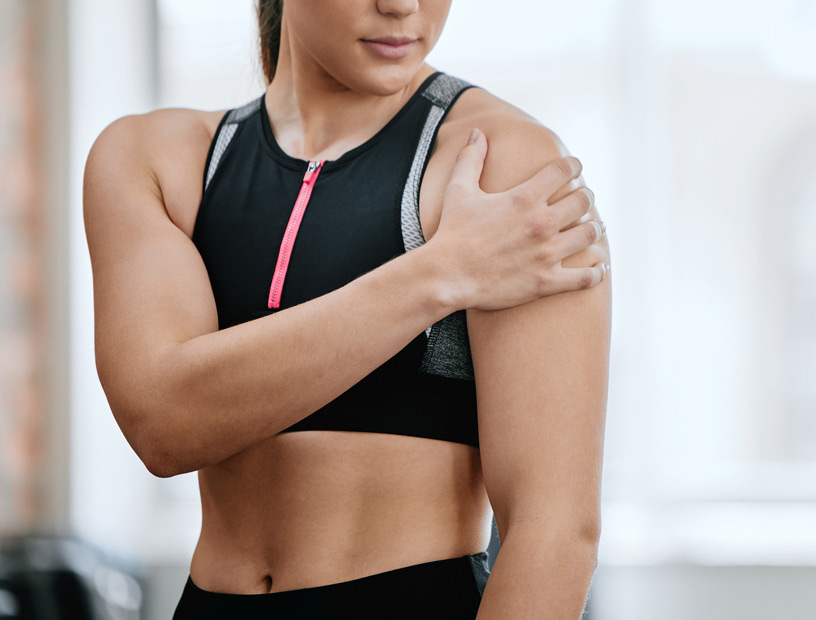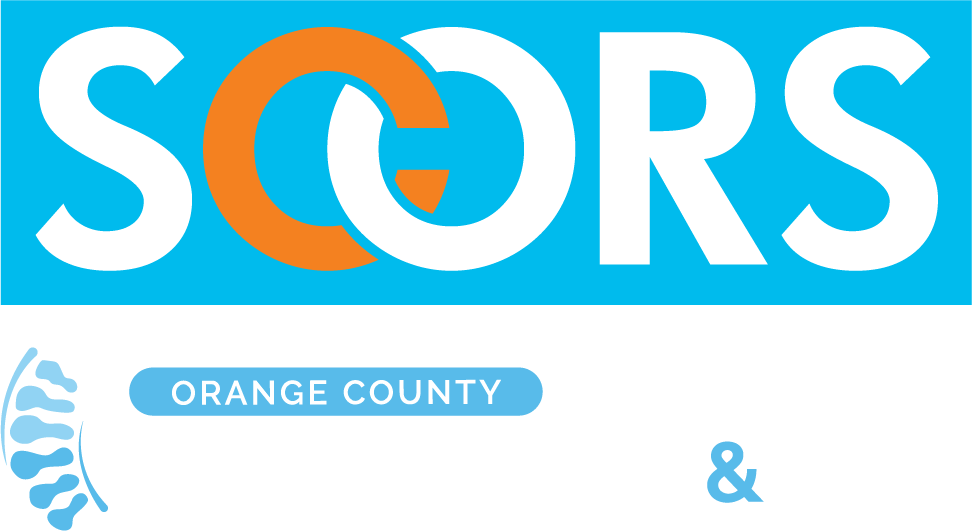
The shoulder is one of the most complex areas of the body, and is subject to many injuries.
The shoulder is made up of only three bones: the collarbone, or clavicle; the shoulder blade, or scapula; and the upper arm bone, or humerus. There are associated tendons, ligaments, and muscles. It can be dislocated or separated. It can suffer sternoclavicular separation. There is the threat of fractures, rotator cuff tears, impingement syndrome and arthritis.
- The possibility of injury is greater than almost any other part of the body
- Based on the nature of the problem, a doctor may suggest surgery
Why Turn to Surgery?
Sometimes, the only way to repair a degenerated, damaged, or diseased shoulder joint is with surgery. The idea behind the surgery is to return the shoulder to its former function and restore pain free motion. The most common surgeries are for dislocation, rotator cuff tears, and separations.
While shoulder surgery is quite common, it is a major procedure flush with risks and complications. Before getting surgery, get second opinions, and make sure you know about treatment options and risks.
Types of Shoulder Surgeries

- Arthroscopy uses an instrument called an arthroscope. Containing a small camera, it is inserted into joints via an incision. The doctor views transmitted images to a video screen while they perform the procedure. Arthroscopy is used for dislocations, tendonitis, certain rotator cuff and soft tissue issues, torn ligaments and cartilage, and frozen shoulder.
- Rotator cuff repair involves surgery to repair tendons pulled off the humerus. The surgeon may use an arthroscope to manage a minimally invasive procedure to reattach rotator cuff tendons. Overall, the surgery involves stitching the ripped tendon back to the arm bone.
- Arthroplasty is a procedure where a diseased joint is resurfaced or replaced. The surgeon removes damaged or arthritic bone areas and inserts a prosthesis implant or artificial material. This operation is applied to shoulders with degenerative diseases like rheumatoid arthritis or osteoarthritis.
- Damage to soft tissue in the shoulder muscle can be the result of a strain, sprain, blow, or overuse of the shoulder. This injury is broken into four classifications. Grade four injuries usually require surgery. The greatest risk with this damage is it can be difficult to diagnose and many victims fail to get treatment quickly.
Open Surgery
Sometimes, the newest forms of minimally invasive surgery options may not be viable. The situation with the shoulder may require open surgery to get better results. It is often performed through small incisions measuring only a few inches.
Some Complications
After surgery, be mindful of fever – usually the day following procedures – increased swelling or pain, signs of infection (warmth, redness or tenderness), excessive bleeding, or tingling or numbness in the hand or arm. Contact the doctor if you experience any of this.
Post-Injury Treatment
It will be important to maintain any and all recommended programs to recover use of the shoulder. There could be daily strengthening, stretching, physical therapy, rehabilitation, or rest. Your orthopedic professional – adept in the diagnosis of musculoskeletal systems – will be able to ascertain the best medical outcomes after surgery.

on caring for specific orthopedic needs.

